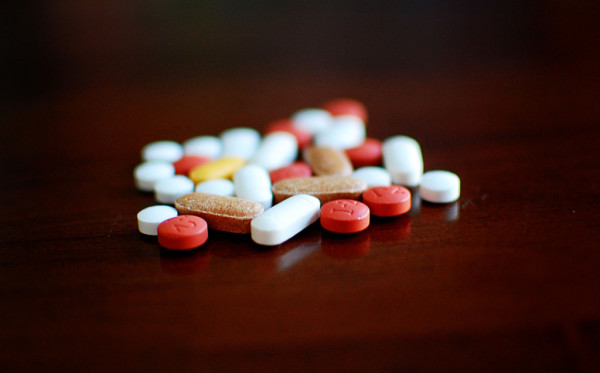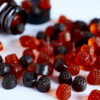The trafficking of fake medication is a global issue that threatens not only public health, but also the advancements made in combating diseases such as human immunodeficiency virus (HIV), acquired immunodeficiency syndrome (AIDS), malaria, and tuberculosis. In seven separate global studies of about 17,000 drug samples, it was reported in The American Journal of Tropical Medicine and Hygiene that 9% to 41% of distributed drugs did not meet quality standards. Fortunately, new procedures are being developed to detect these counterfeit medications at the point of purchase and show some promise of fighting against this global pandemic.
Poor-quality medicines are a real and urgent threat to decades of success in global public health, particularly for programs combating HIV, AIDS, tuberculosis, and malaria, where mortality rates have seen dramatic declines worldwide. Although this problem was previously thought to be limited to low-income countries, the increasing reports of a large variety of poor-quality medicines and medicinal products in high- and middle-income economies show that the problem is spreading.
“The pandemic of falsified and substandard medicines is pervasive and underestimated, particularly in low- and middle-income countries where drug regulatory systems are weak or non-existent, as shown by field studies in the supplement,” said Dr. Jim Herrington, co-editor of the article supplement.
Counterfeit medications are classified by the FDA as drugs that may be contaminated or contain little to no active ingredients. Drugs that are found to have the correct active ingredients but with the incorrect dosages are also labeled as fake medications. According to the report, the distribution of these “drugs” contributed $75 billion in illegal annual revenues to criminals and resulted in widespread, preventable deaths. Other studies identified poor-quality antibiotics, which may harm health and increase antimicrobial resistance.
Image Source: Master_Hakan
Scientists reported the results of four investigations that may urge policymakers to take action against this pandemic. Simple paper-based test cards proved to be an economical and portable method to identify very low-quality antimalarial medicines, which fight against malaria. More sophisticated approaches using fluorescent and luminescent techniques or other novel technologies can detect these sub-par antimalarials with greater precision, but they may be difficult to use in remote settings. Though further funding and research is needed to refine these investigations, the scientists insist that a collaborative, international effort must be made.
“This problem continues to spread globally, creating an even greater challenge to cooperation among stakeholders, many with limited resources,” commented Dr. Joel Breman, co-editor of the article supplement. “The need is urgent for collaboration among those with expertise in policy, science, technology, surveillance, epidemiology and logistics, in order to secure global supply chains.”
Feature Image Source: Jaime










